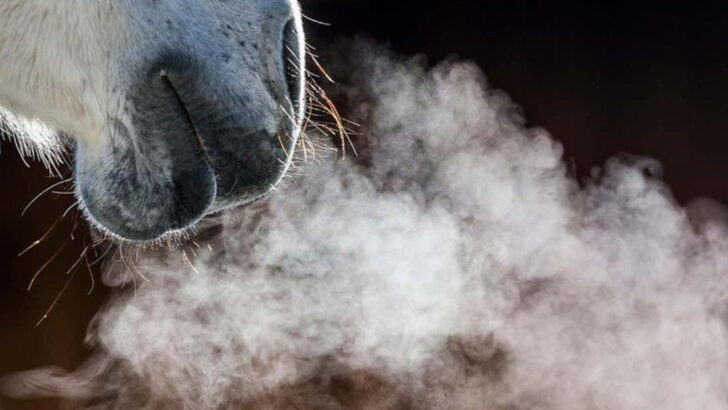Your horse is talking. Loudly. You just might be missing the message.
That flick of an ear? It’s not random. That subtle shift in weight? It’s not nothing. Horses are constantly sending signals—whispers through body language that speak volumes if you know how to listen.
Even seasoned riders can overlook the quiet cues. Not because they don’t care, but because horses are masters of subtlety. And when they feel misunderstood? They shut down, or worse, act out.
This isn’t about flashy behavior or dramatic bucks—it’s about the tiniest gestures that reveal what your horse really feels.
Let’s crack the code. Because once you see the signs, you’ll never unsee them.
The Flick of an Ear

Picture this: your horse’s ears flicking back and forth like a metronome. This isn’t just a quirk. It’s a silent conversation. An ear flick can mean curiosity or alertness to surroundings. It’s like a radar scanning the environment. Have you noticed how it dances to the rhythm of the barnyard sounds?
When riding, a quick ear flick might tell you about distractions ahead. It’s not just noise; it’s a language. Next time, pay attention to this subtle cue. Adjust your actions accordingly, and you’ll find communication clearer and rides smoother. Pretty nifty, right?
The Tail’s Whisper

Have you ever watched a horse’s tail swish gently in the breeze? It’s more than just shooing away flies. A softly swishing tail might indicate contentment, but a sharp swat can stem from irritation. Imagine it as the horse’s version of a soft-spoken word versus a shouted command.
The tail tells tales of mood and comfort. If it’s held high, your horse might be feeling spirited. But if it’s tucked in, stress might be looming. Observing these nuances can help anticipate needs before they escalate into bigger issues. The tail truly whispers secrets!
The Soft Nuzzle
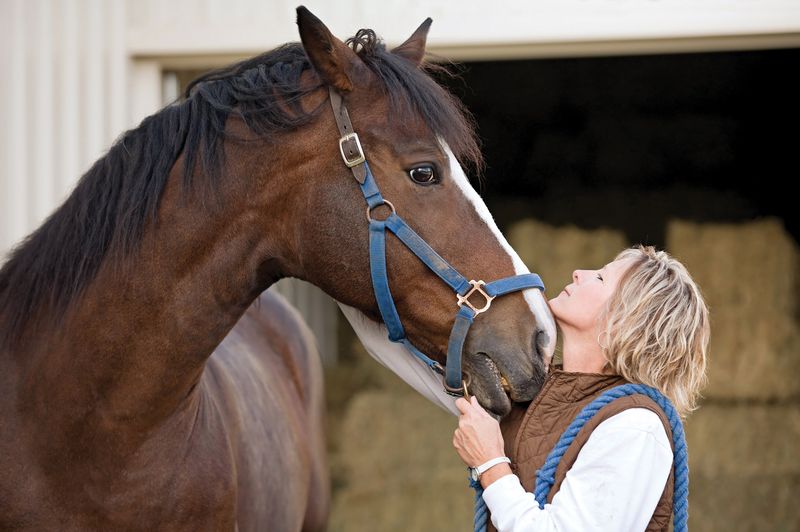
Imagine standing by a fence, and your horse gently nudges your shoulder. It’s not just a sign of affection. The soft nuzzle can be a plea for attention or even a request for a treat. This gentle touch carries warmth and a message of trust.
Much like an old friend tapping your shoulder, a nuzzle speaks volumes. It’s an invitation to engage, to understand a shared language. Next time you feel that soft push, respond with a gentle pat or a kind word. You might find it’s the beginning of a beautiful conversation.
The Eye’s Expression
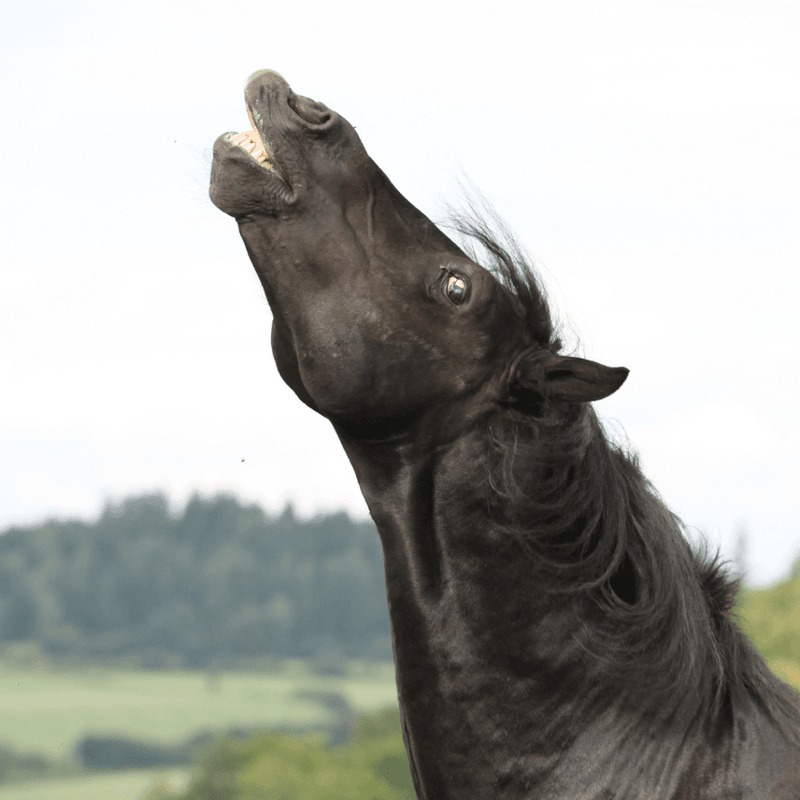
Gaze into a horse’s eyes, and there’s a story waiting to unfold. The eyes are windows into their soul, revealing emotions like curiosity or unease. A soft eye suggests calmness, while wide eyes signal alertness or surprise.
Ever noticed how a horse’s eyes follow you around the stable? It’s more than just watching—they’re learning, remembering. Understanding this visual dialogue can strengthen your connection. Approach with gentleness, and you’ll find a trusting gaze meeting yours, bright and full of understanding. Their eyes hold a world of emotions, ready to be explored.
The Silent Sigh
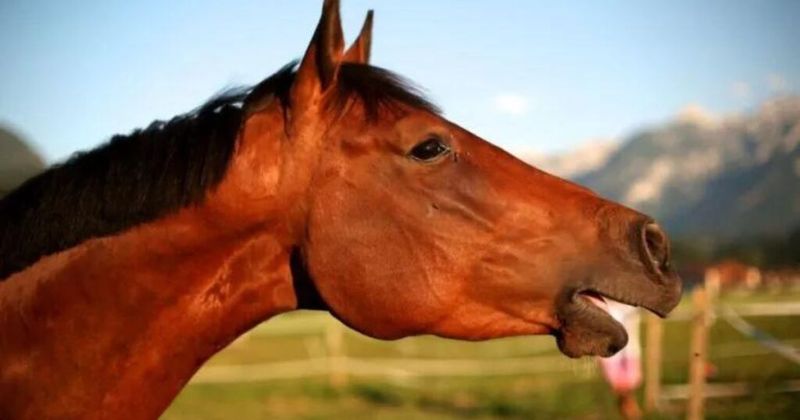
Ever heard a horse sigh, deep and content? It’s like a weight lifting from their soul. A soft exhale can mean relaxation or acceptance after an intense ride. Imagine it as their way of saying, “All’s well now.”
This simple gesture often goes unnoticed. Yet, it’s a powerful signal of comfort and trust. Next time you hear that gentle sigh, let it remind you of the peaceful moments shared. Embrace it as a sign of mutual understanding and harmony. A sigh is more than just breath; it’s a whisper of contentment.
The Gentle Pawing
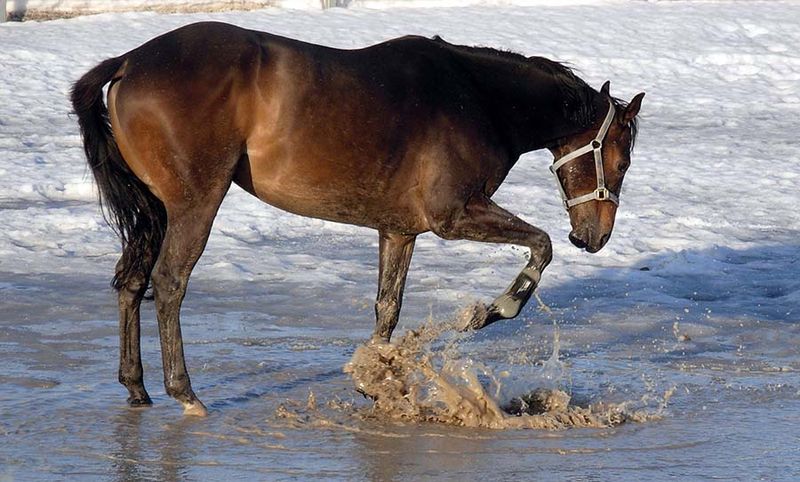
Watch a horse paw at the ground, and you might think it’s impatience. But delve deeper, and it could be curiosity or anticipation. This gentle motion often conveys excitement, like a child eagerly waiting for a treat.
Pawing can also reflect anxiety, a need to release pent-up energy. Recognizing this signal can prevent misinterpretations and foster a responsive environment. Approach with empathy, and you’ll find that pawing is more than mere movement—it’s a dance of emotions. A simple action, yet filled with meaning, waiting to be understood.
The Subtle Lip Curl
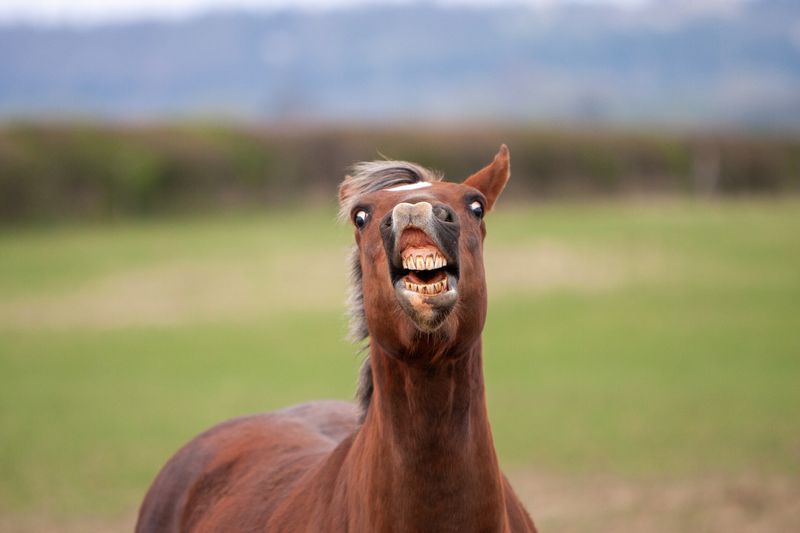
Imagine a horse curling its lip, almost like a smile. This Flehmen response isn’t laughter but a way to analyze scents. It’s their unique method of ‘tasting’ the air.
Often triggered by new smells, this gesture reveals curiosity and exploration. It’s a dance with the environment, a way to gather information. Next time you see that quirky lip curl, know your horse is discovering something intriguing. This subtle signal opens a window into their sensory world, a dance of scent and curiosity awaiting your notice.
The Ears’ Symphony
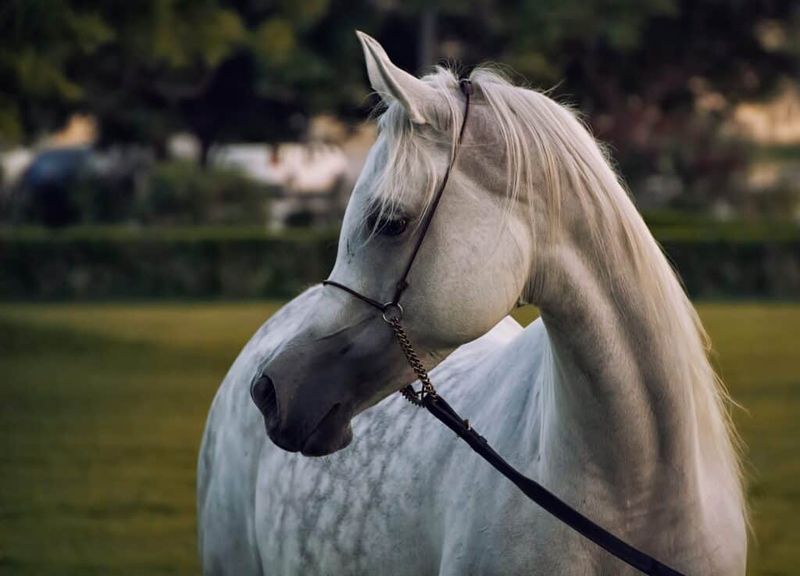
A horse’s ears are like a well-tuned orchestra, playing a symphony of signals. They swivel independently, capturing sounds from all directions. This motion paints a picture of their awareness and focus.
When one ear is forward and the other back, your horse is multitasking, listening to you and the world around. Understanding this symphony helps in reading their mood and reacting appropriately. It’s a delicate balance, an art of listening beyond words. So next time you see those ears dance, join in the symphony and listen closely.
The Subdued Snort
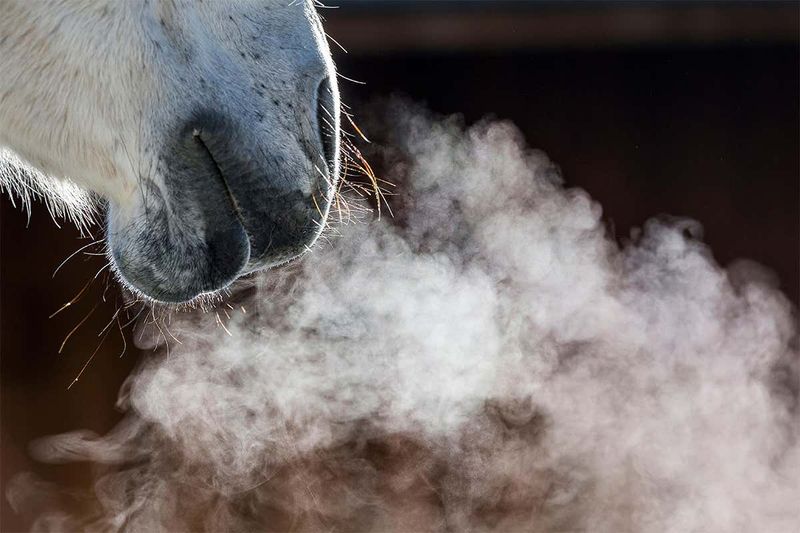
Ever noticed a horse’s gentle snort? It’s not just a sound but a sign of contentment or curiosity. Much like a chuckle, it adds texture to their communication.
A snort during a trail ride might indicate interest in something new or reassurance. It’s a melodic note in their language, expressing comfort or alertness. This subtle sound enriches the dialogue between horse and rider. When you hear it next, recognize it as a bridge to understanding, a soft echo of their inner world. Listen closely, and you’ll hear their gentle melody.
The Posture Shift
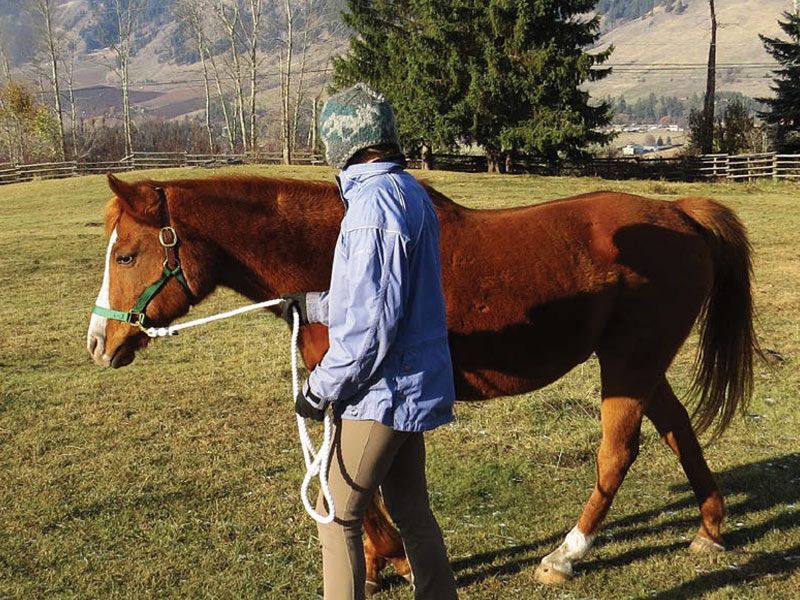
Notice how a horse shifts its weight subtly? It’s more than comfort; it’s communication. A shift can signal relaxation or readiness to move, like an athlete poised for action.
This posture change tells tales of readiness or fatigue. Observing these shifts helps you understand their physical state, guiding your interactions. This delicate dance of movement is a narrative of readiness and repose, waiting to be understood. As you watch, you’ll learn to read the signals, enhancing your partnership with this gentle giant.
The Whispering Whinny
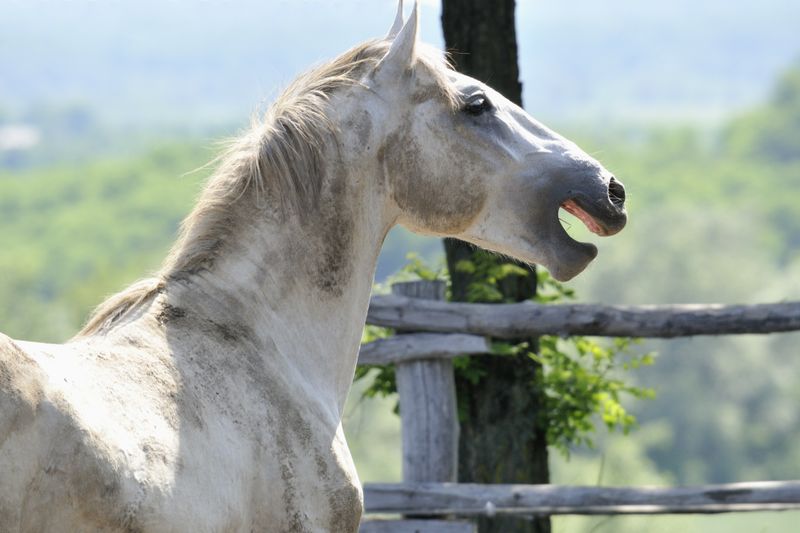
A soft whinny from your horse can be like a whisper in the wind. It conveys recognition or a call for companionship. Imagine it as their way of saying hello or checking in with friends.
This sound carries warmth, an audible embrace. During quiet times, a gentle whinny can break the silence, echoing affection. Hearing this soft sound reminds us of their social nature, the need for connection. It’s not just noise; it’s a heartfelt greeting, a reminder of the bond you share. Listen, and you’ll hear their friendly whisper.
The Gentle Lean
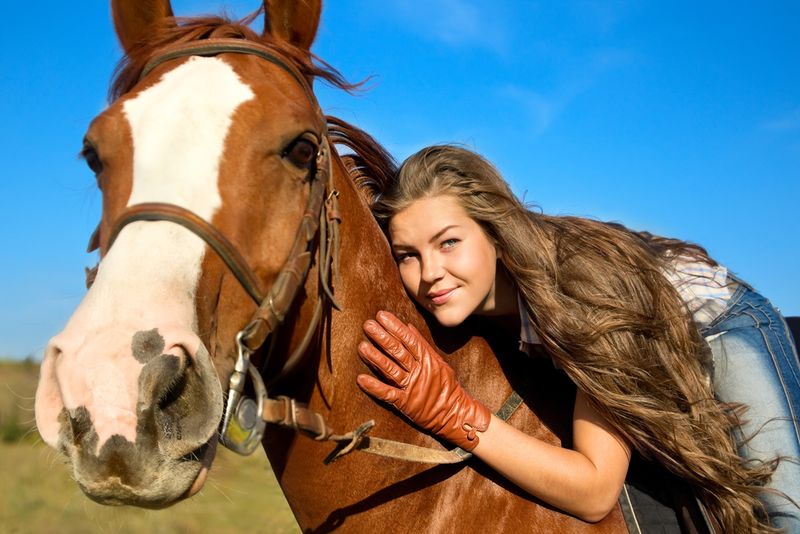
Feel your horse lean into you gently? It’s more than just weight—it’s trust and friendship. This lean is their way of expressing comfort, much like a friend resting against your shoulder.
It’s a gesture full of warmth, conveying ease and affection. Recognizing this silent connection fosters a deeper bond, a moment of shared understanding. Next time your horse leans, relish it as an embrace, a testament to your relationship. It’s a gentle reminder of the trust between you, a quiet moment of unity.
The Playful Nibble
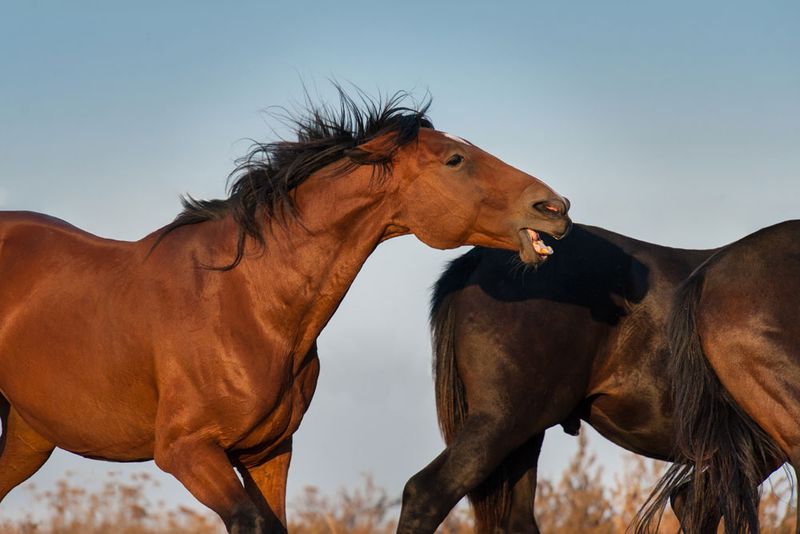
Ever seen horses nibble at each other’s manes? It’s not aggression but playfulness and social bonding. This nibbling is like a playful nudge, a form of horse camaraderie.
This behavior fosters connection, much like friends sharing laughter. It can be a sign of affection or a simple game. Observing these interactions helps decode their social dynamics, adding a layer of understanding to your relationship. When you see this playful behavior, appreciate it as a sign of harmony and friendship, a joyful dance of companionship.

